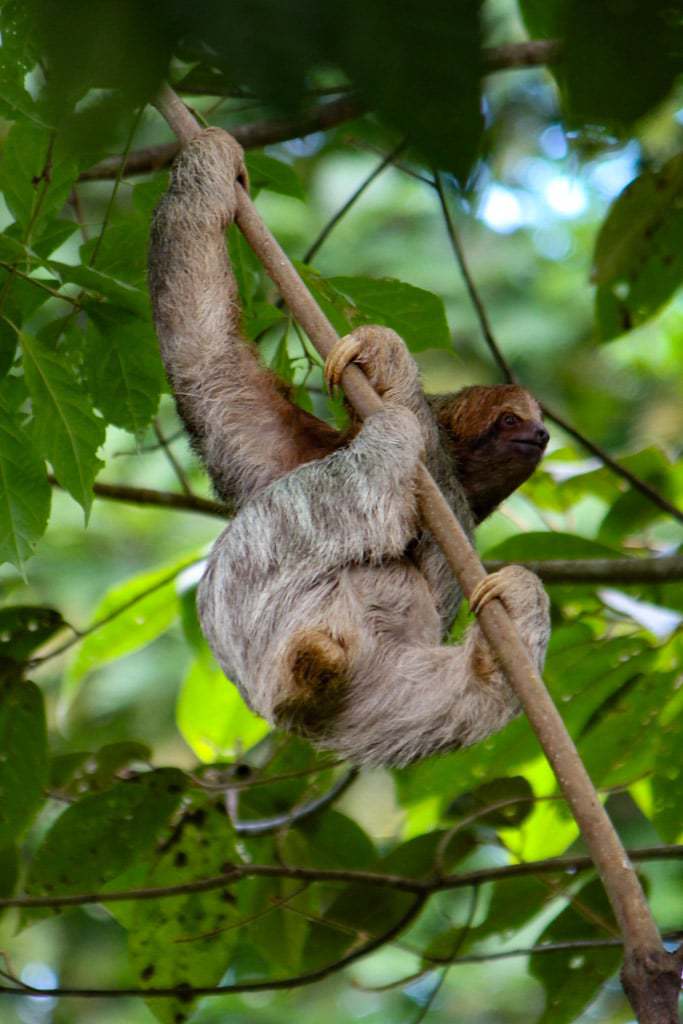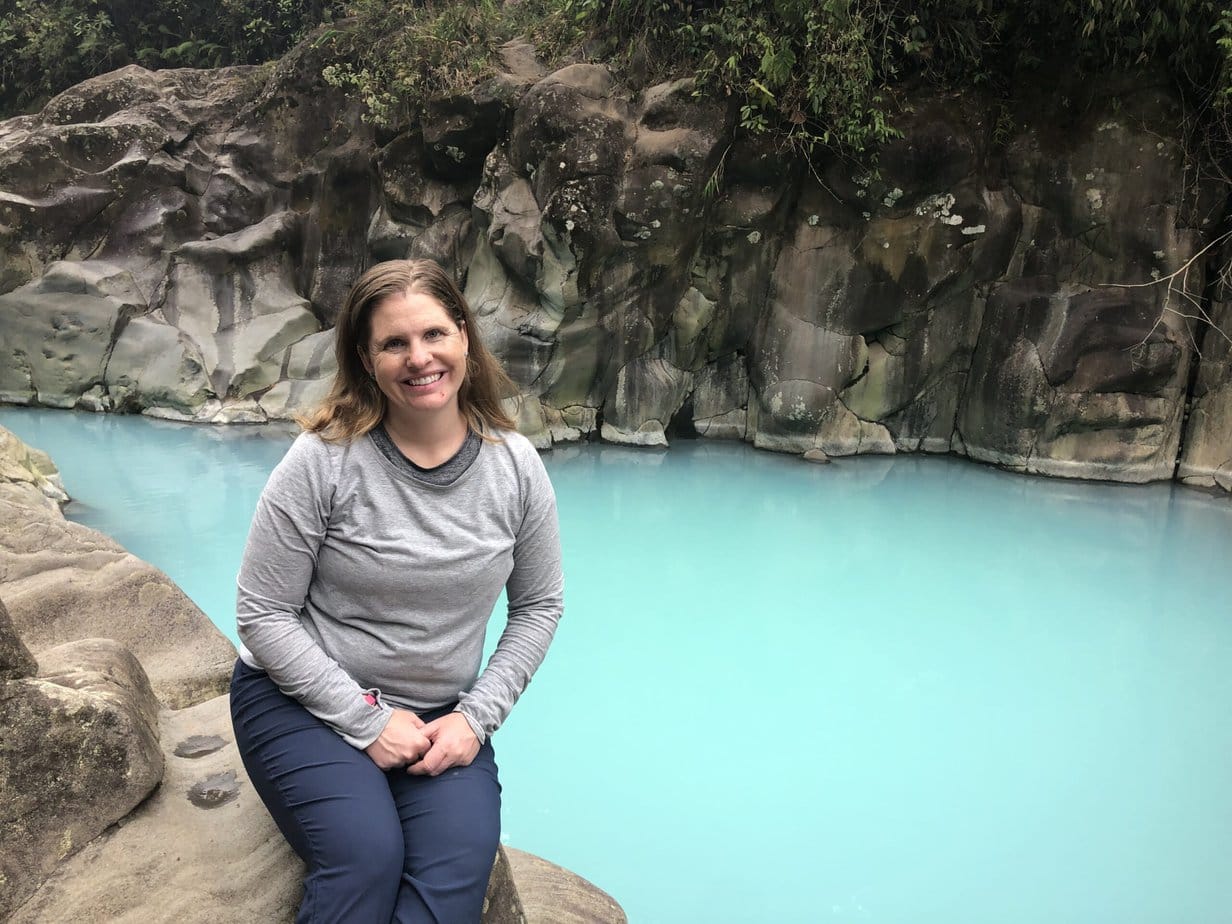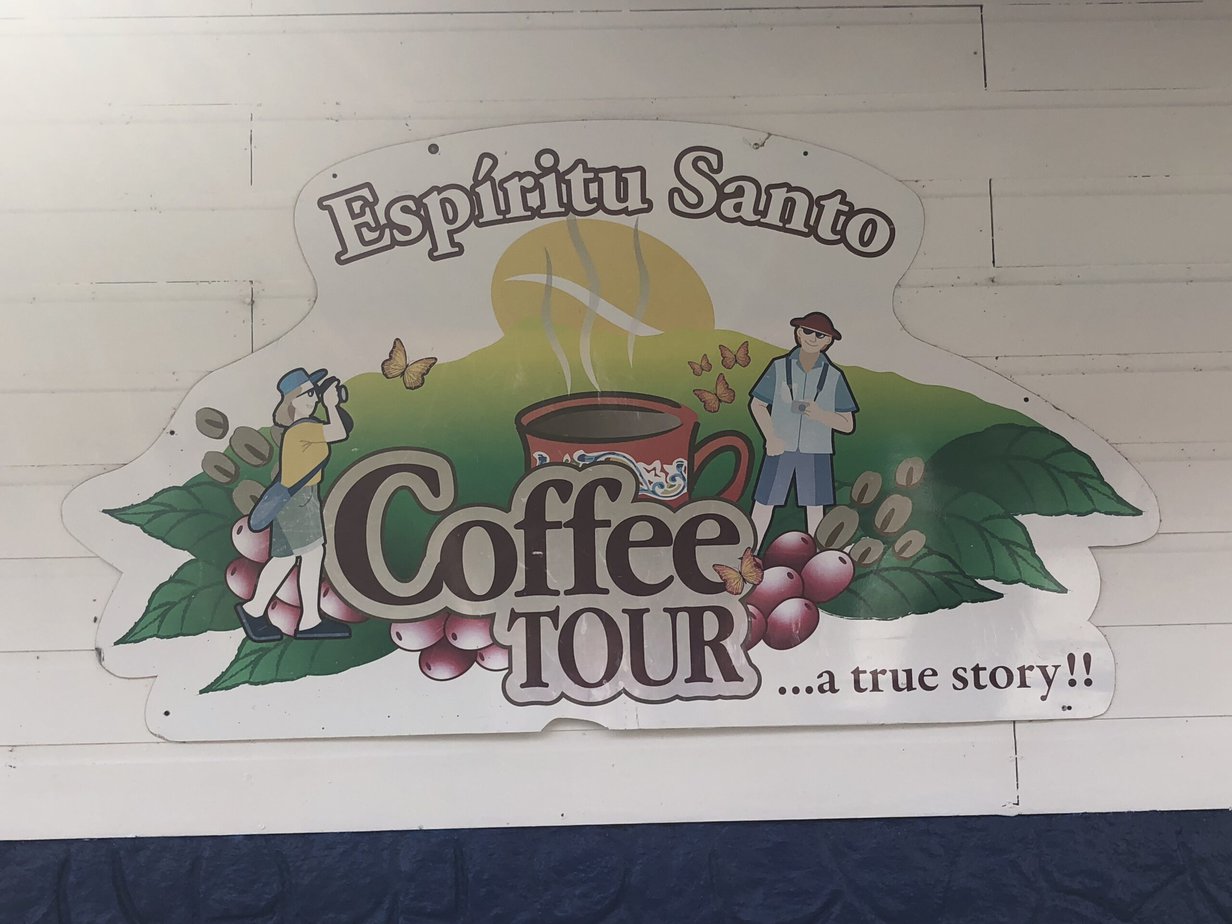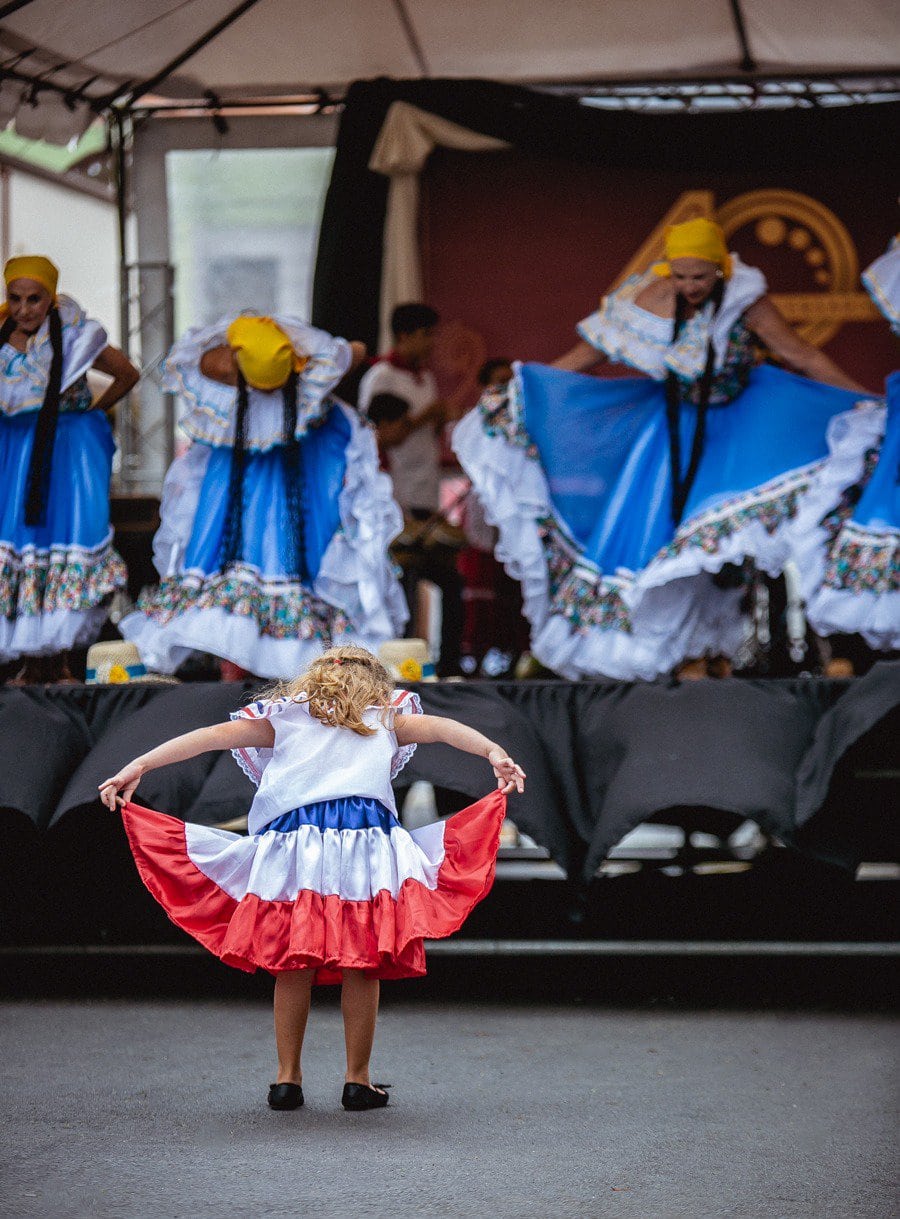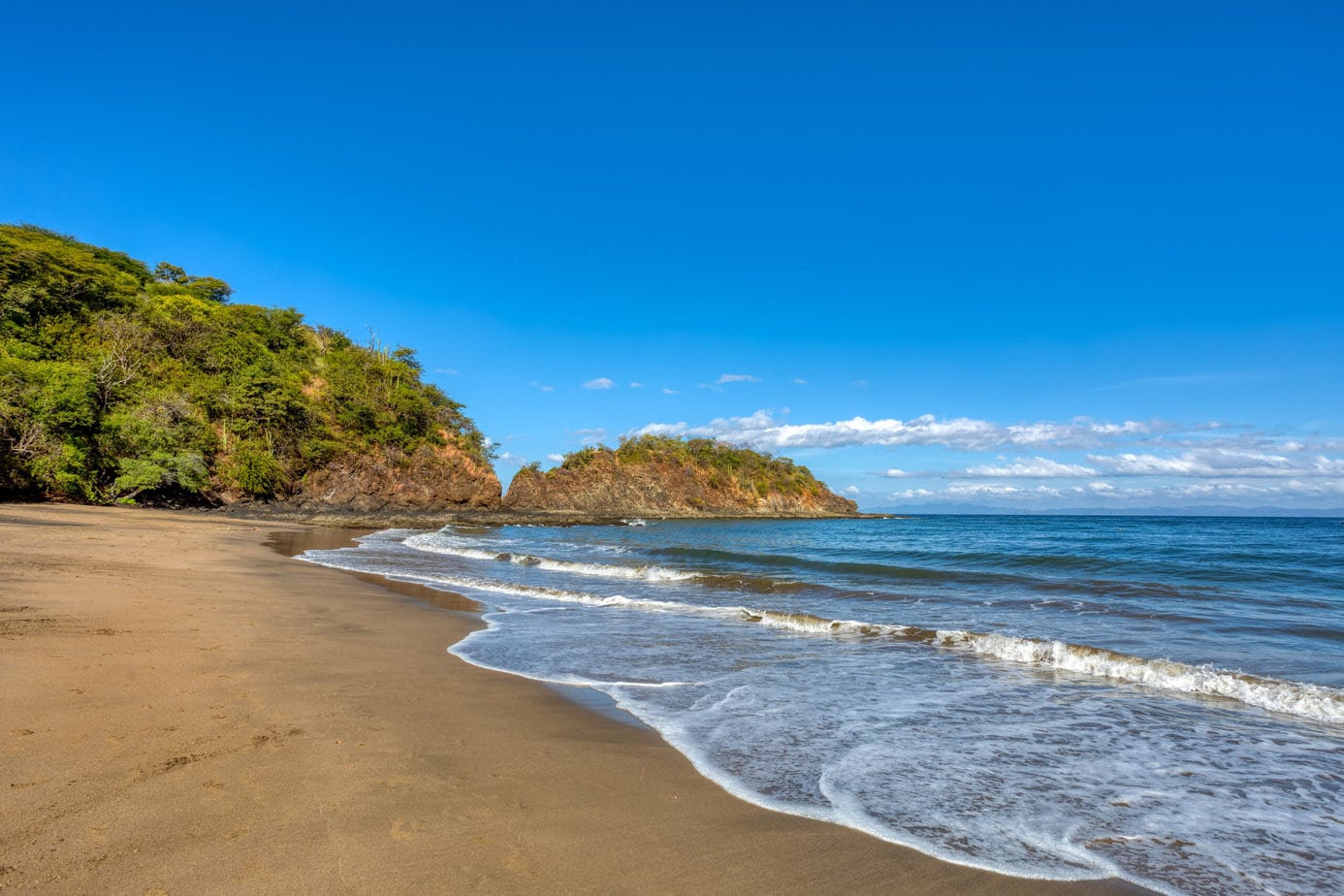Costa Rica’s National Parks Guide
This post may contain affiliate links.
A complete list of all the national parks in Costa Rica, plus an overview of the most popular national parks to visit in Costa Rica.
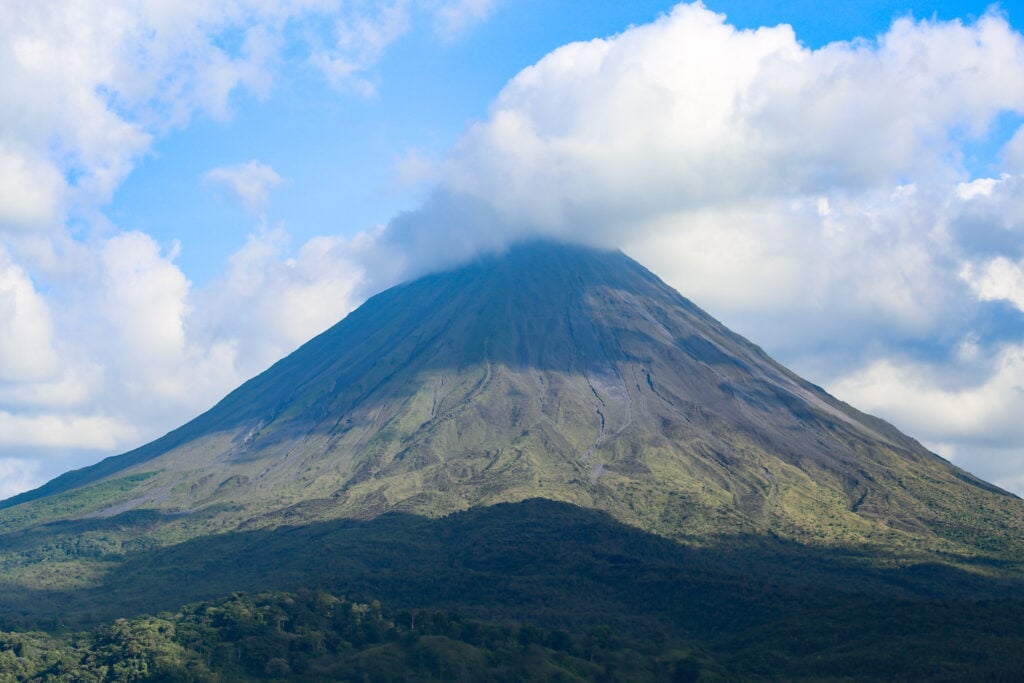
About Costa Rica National Parks
Despite its relatively small size, Costa Rica is one of the most biodiverse and conservation-protected countries in the world. So it makes sense the country would be home to almost 40 national parks despite being just under 20,000 square miles.
Costa Rican national parks were founded by the government agency SINAC beginning in 1970 with the idea that more of Costa Rica’s ecological treasures should be formally protected by the government. The first national park to be formally recognized was Poas Volcano National Park, and since then more than 34 national parks have been formed and maintained by the government.
Related post: 50 Interesting Costa Rica Facts You Need To Know
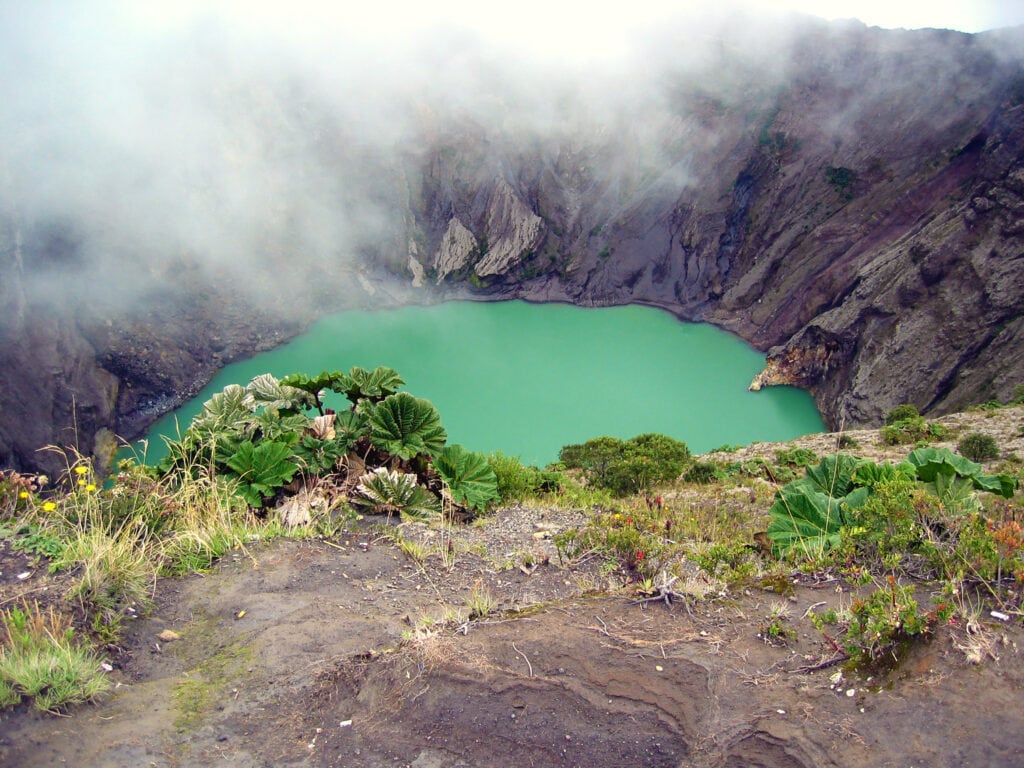
Visiting National Parks: What You Need To Know
Entrance Fees
Many, if not all national parks in Costa Rica are fairly remote and require an entrance fee. You will most likely need your own transportation to arrive at the entrance, and an experienced guide is always the best way to see the most wildlife species and plants in the area.
Guides are not included in the entrance fee for the national parks. Often there are less experienced guides at the entrance to the parks. they are looking to gain more experience guiding, and you can easily negotiate a guiding fee right there in most cases.
Related post: Driving In Costa Rica – Complete Guide
Know that the entrance fee for nationals and of foreigners is different, but you can expect to pay between $7-$15 per person to enter the national parks in Costa Rica. These fees can be paid in USD or colones upon arrival at the ranger station. Note the national parks are closed on Mondays and generally close at 3 pm, so plan your visit accordingly.
Related post: 5 Favorite Costa Rica Rainforests
What To Pack
National parks have very few amenities and services. There is generally, but not always a bathroom at the entrance, and sometimes a small soda or another restaurant. Apart from this, you need to pack in (and out!) everything you will need for your time in the park. Here is a quick packing list for Costa Rican national parks- you can find a complete Costa Rica Packing list here.
There can be a lot (like a LOT) of bugs in all of Costa Rica’s national parks, so I generally advise visitors to wear light long sleeves and long pants- it’s the best bug repellent there is.
- Daypack
- Hiking shoes (close-toed)
- Plenty of water, or a water filter
- Food for the day
- Map
- Camera
- Sunscreen
- Bug Repellent
Related post: All about Mosquitos In Costa Rica: How Bad Are They Really?
Note that cell phones generally do not work in national parks as they tend to be in remote areas where there is no signal. Please let someone know where you are going and when you expect to be back if you are doing some major hiking in the national parks, as there are definitely tourists who get lost or even die in the national parks each year.
Related post: How To Use Your Cell Phone In Costa Rica


Complete List of National Parks in Costa Rica
Here is a complete list of every national park in Costa Rica (at the time of writing), and the province in which each is located. Some of these national parks, such as Manuel Antonio National Park, are also Costa Rican landmarks.
| National Park | Province |
| Braulio Carrillo National Park | Heredia, San José |
| Barra Honda National Park | Guanacaste |
| Santa Rosa National Park | Guanacaste |
| Guanacastse National Park | Guanacaste |
| Las Baulas Marine Park | Guanacaste |
| Diriá National Park | Guanacaste |
| Juan Castro Blanco National Park | Alajuela |
| Corcovado National Park | Puntareanas |
| Manuel Antonio National Park | Puntarenas |
| Los Quetzales National Park | San Jose |
| Arenal Volcano National Park | Alajuela |
| Tenorio Volcano National Park | Guanacaste |
| Palo Verde National Park | Guanacaste |
| Chirripó National Park | San Jose |
| Tortuguero National Park | Limon |
| Tapantí – Cerro de la Muerte Massif National Park | Cartago |
| Volcán Irazú | Cartago |
| Cahuita National Park | Limon |
| La Cangreja National Park | San Jose |
| La Amistad International Park | Limon |
| Irazú Volcano National Park | Cartago |
| Barbilla National Park | Cartago |
| Carara National Park | Puntarenas |
| Rincón de La Vieja Volcano National Park | Guanacaste |
| Poás Volcano National Park | Alajuela |
| Ballena Marine National Park | Puntarenas |
| Cocos Island National Park | Puntarenas |
| Miravalles Jorge Manuel Dengo National Park | Guanacaste |
| Piedras Blancas National Park | Puntarenas |
| San Lucas Island National Park | Puntarenas |
| Turrialba Volcano National Park | Cartago |
Join me over at my favorite place- Instagram.
Best National Parks To Visit in Costa Rica
The following are the best national parks to visit on your next Costa Rica trip.
Manuel Antonio National Park
Manuel Antonio National Park is one of the most popular destinations in all of Costa Rica- and the park I get most asked about. Located about halfway down the Pacific Coast, the closest town to the park is Quepos.
The park is home to a large number of spider monkeys. There are three beautiful beaches inside the park, and it’s a great place to spend the day wildlife watching and relaxing on the beach- just don’t forget to pack a lot of food and sunscreen.
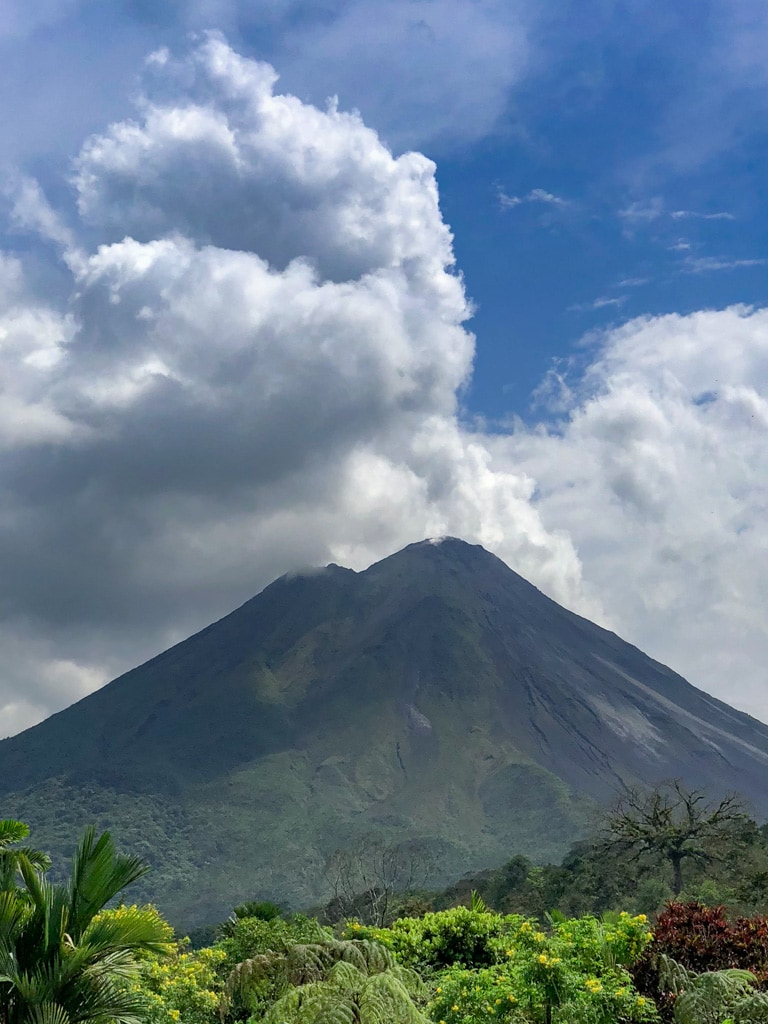
Arenal Volcano National Park
By far my favorite of Costa Rica’s national parks, Arenal National is home to one of the most famous active volcanoes in the world- the Arenal Volcano. Here you can find sloths, howler monkeys, poison dart frogs and more. Plus, the proximity of the park to some of the most gorgeous hot springs in the world makes it easy to soak sore muscles after a long day of hiking.
The closest town to this national park is La Fortuna and there are lots of places to stay. We’ve stayed at Volcano Lodge and Springs, Baldi Resort and Rancho Margot to access the park.
Related post: A Foodie’s Restaurant Guide To La Fortuna
Tortuguero National Park
Most famous for its turtle nesting, this national park sits to the north of the country bordering Nicaragua. You’ll find the town of Tortuguero right inside the park. Most visitors arrive and stay on the south end of the park to see the large leatherback turtles nest.
There are also tons of amazing river floats allowing ample opportunities to see tropical birds, crocodiles, green turtles, and tons of unique insects.
This is a fairly remote part of Costa Rica, and it takes the better part of a day to arrive from San Jost. Be wary of single-day trips to this area as the road is long and you likely won’t get much time in the park.
Corcovado National Park
Corcovado Park is one of the largest and most remote national parks in Costa Rica, and you could hike it for days. It is one of the few parks that allows overnight stays inside the park, and the one that I most recommend people have a good guide for as you can see so many amazing species. It’s one of the most intense places I’ve ever visited.
You can see tapirs, turtles, poison dart frogs, tropical birds, humpback whales, jaguars, and more if you are patient and have a good local guide. I enter the park via Drake Bay, where you can stay and take a day trip to the edge of the forest. The park is located on the Osa Peninsula.
Interested in ayahuasca? Check out our Ayahuasca in Costa Rica guide.
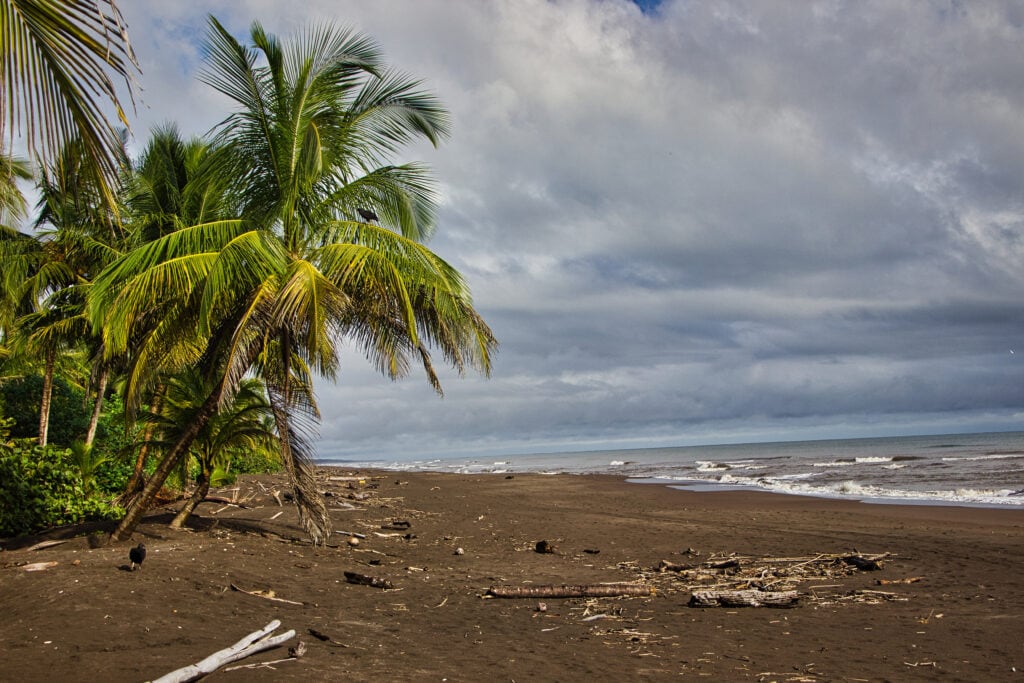
Cahuita National Park
This national park is also on the Caribbean coast and is the closest park to Panama. The park is lined with beautiful beaches and has been protected because of the gorgeous coral reef just offshore. You can also see leatherback turtles nesting here.
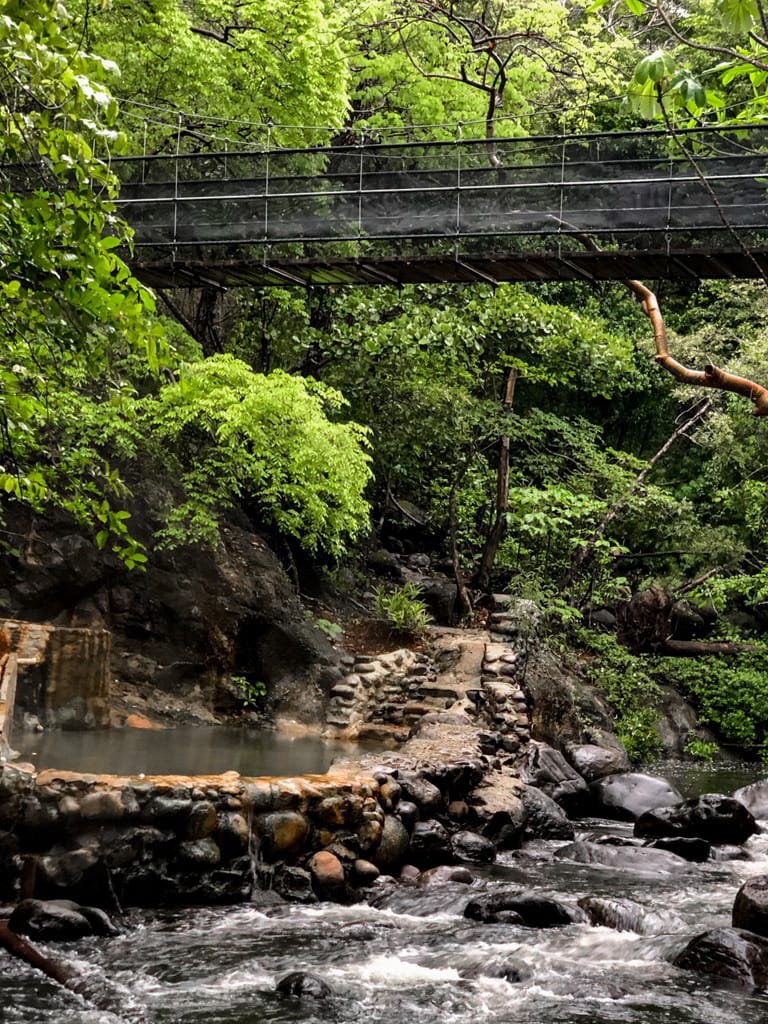
Rincon de la Vieja National Park
I love this park because it has hot springs right in the park, and you can waterfall chase to your heart’s content. We stay at Hacienda Guachepelin to visit this park, and it is one of my favorite protected areas. Many people say you can hike forever in this park, and on a clear day, you can see several volcanoes.
Related post: Top 5 Volcanoes You Must Visit in Costa Rica
Monteverde Cloud Forest Reserve
This park is known for the possibility of seeing the world-famous resplendent quetzal, an elusive species of bird known for its emerald green tail feathers. Hiking through the cloud forests is an experience in itself, and you can discover poison dart frogs very easily. In the rainy season this park comes alive, but anytime is a great time to visit. We have several accommodations we like when we go there.
Related post: Popular Costa Rica Animal Sightings

Cocos Island National Park
Known as the place Jurassic Park was filmed, this national park is part of Costa Rica but requires several days of boat travel to arrive. Some of the best scuba diving in the world is here. The trip to Cocos Island is expensive and I have never done it, but everyone I have talked to says it is a life-changing experience.
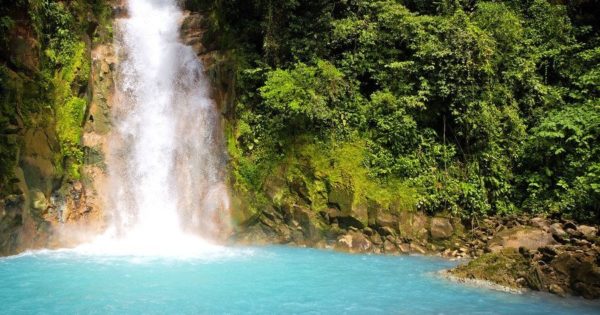
Tenorio Volcano National Park
This park is known for the blue river, one of the most famous waterfalls in all of Costa Rica. It is also known for the natural hot springs that move through the park via the Tenorio River. When we visit here we either stay a La Carolina Lodge or Casitas Tenorio.
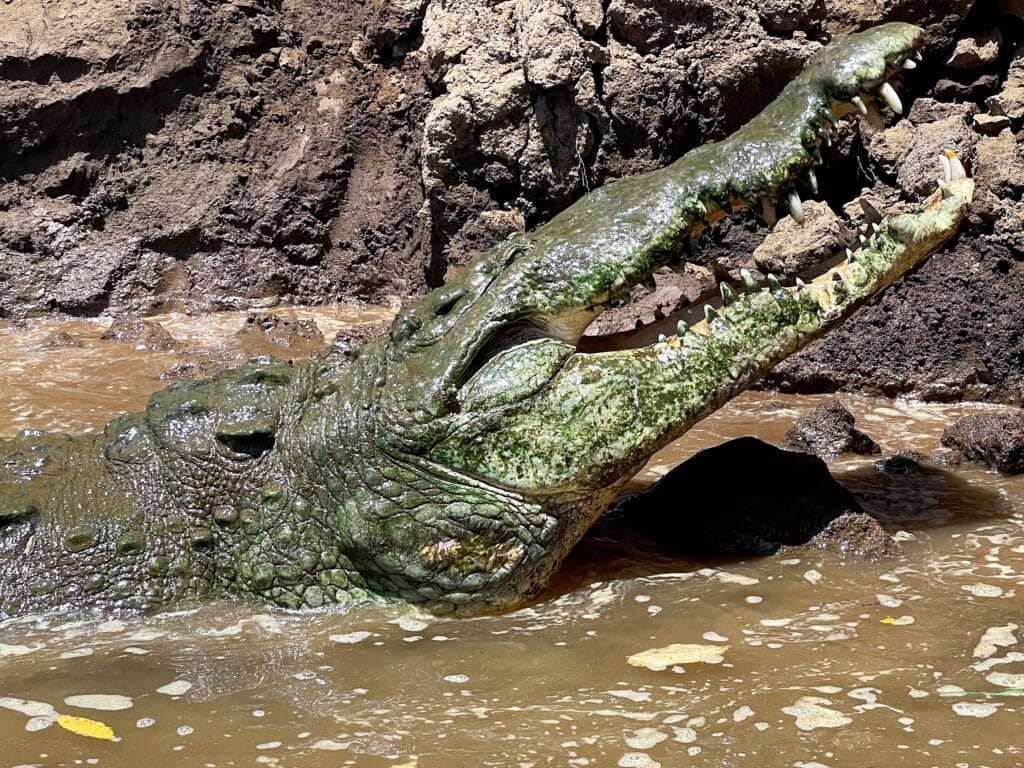
Carara National Park
I add this park because of its close proximity to Jaco Beach and to San Jose, making it a very easy park to visit. It is a great example of tropical dry forests. The park is most known for its large population of scarlet macaws, but you can see a wide variety of tropical birds here. The park also is home to the famous Crocodile Bridge over the Tarcoles River, an attraction you can see roadside on your way to Jaco.
We have several favorite accommodations and restaurants in the area.
Related post: Best Costa Rica Crocodile Tour
If you would like to talk to me about a customized itinerary or specific Costa Rica travel advice for your family, (zero sales- just advice!) check out my “Ask Christa” page for more information on custom Costa Rica trip planning geared towards families.

Christa Jimenez
Welcome! I’m Christa, a Spanish teacher married to a handsome Costa Rican and mother of two bilingual daughters. We’ve spent over 25 years living in and traveling to Costa Rica with our daughters, and this website is my love letter to all things Costa Rica- and to bilingual parenting too. You can read my full story here. Thanks for stopping by!



